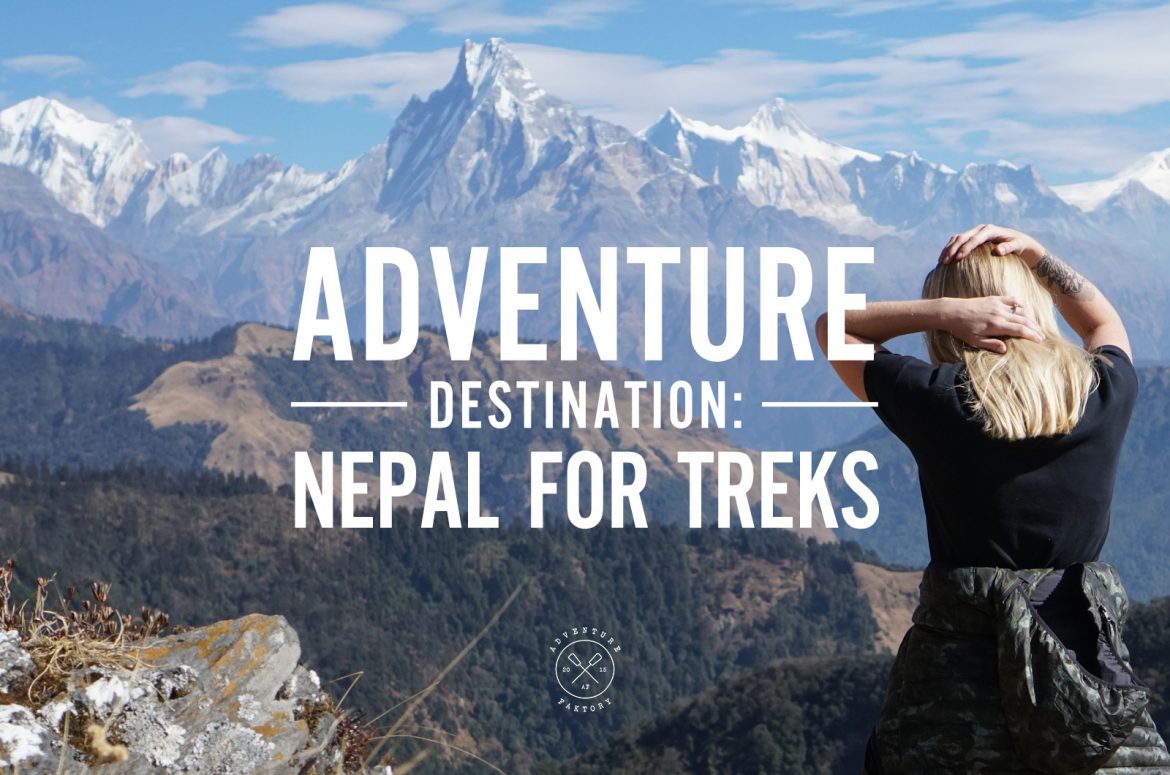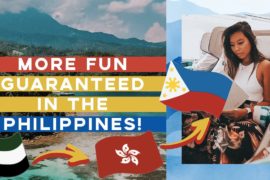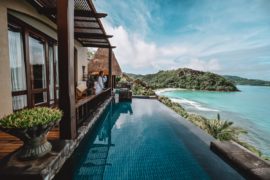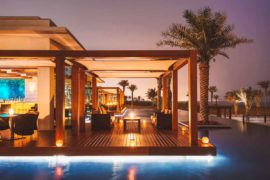When you decide to travel to Nepal, chances are that a trek through the Himalayas is in your plans. Trekking in Nepal can be for anyone. Even though Nepal is home to the world’s highest and most technical climbs, you do not have to be a mountaineer to experience the mountains. Trekking can be fun, gentle, and scenic.
You must be wondering, “how much does trekking in Nepal cost?” Well, hold on! There are many things you should know first before asking for the price. Don’t worry, we will get there. When planning your trek, you’re faced with so many wonderful choices, which often produce more questions than answers. I put together some information to help guide your choices and make some decisions based on what you want to experience and your prior experience with trekking. Once you have decided where you want to go, read on to find out how you can be prepared for your trek. The more prepared you are, the more you will enjoy your time in the Himalayas. Here are some of the questions you might consider before going on your trek.
Do I want to trek in the Everest Range or the Annapurna Range?
Everest and Annapurna are the most popular places to trek. If you’re going to trek in the Everest region, you’ll begin in Kathmandu. If you’re going to trek in Annapurna, you’ll begin in Pokhara. Each range has its own personality and its own beauty to offer, yet they’re quite different. Below, we highlight the main advantages that each range offers.
| Annapurna Region | Everest/Khumbu Region |
|
|
Which trek should I do for my fitness and endurance level?
Below is a chart which includes some of Nepal’s most popular treks. As you can see, there is a wide variety to choose from. This is only the most popular, and there are many day treks or 1-2 night treks that tour companies can arrange as well. While in Nepal, you can make any trek your own.
| Region | Name | Length | Level |
| Annapurna | Annapurna Circuit
Loop |
12-18 days | Level 3 (Medium) |
| Annapurna Base Camp (ABC)
Out and Back |
7-10 days | Level 2 (Moderate) | |
| Poonhill Trek
Loop |
5-7 days | Level 1-2 (Easy-Moderate) | |
| Ghorepani-Gandruk
Loop |
3-5 days | Level 2 (Moderate) | |
| Everest/Khumbu | Everest Base Camp (EBC)
Out and Back |
12-13 days | Level 3 (Medium) |
|
Gokyo Out and Back |
12 days | Level 3 (Medium) |
Do I need to book a guide and a porter?
I recommend booking a guide while trekking more remote routes. While on our Ghorepani-Gandruk loop, there were absolutely no signs and many opportunities to get lost by taking a wrong turn. We hired a guide and a porter whose company and assistance were so appreciated all along the way. Not only did they help us navigate the trails, but in the more remote Annapurna region, they helped us ask for supplies and order meals while at our lodges. When trekking to Everest Base Camp, which has lots of signs and other travellers to point you in the right direction, a guide becomes less necessary. As for a porter, well, that’s up to you!
It is not necessary to book ahead of time, though we did for peace of mind. Given the chance, I would arrive in Pokhara or Kathmandu with a few days to spare before trekking, and shop around. Every other store front in these towns is a tour company ready to take you into the mountains.
How does pricing work?
When you hire a trekking company, you pay a flat rate that is inclusive of everything except tips for your guide and porter. We paid around 300 USD for our 5 day trek. This included one guide, a porter, all meals and snacks, tea and coffee, and accommodation. When you arrive at your lodging, there will be a menu which includes prices. The prices are there for those who have not hired a company. If you’ve hired a company, you can expect your guide to pay your bill at each lodge. The expectation is that you can order whatever you need when you’re with a company. Conversely, if you go without a guide or hire a freelance guide/porter, you can expect to pay the following (all approximate):
| Region | Bed | “Hot” Shower | Tea/Coffee | Garlic Soup | Mains |
| Annapurna | 300 Rs
3 USD |
150 Rs
1.50 USD |
60 Rs
0.60 USD |
120 Rs
1.20 USD |
200-300 Rs 2-3 USD |
| Everest | 50-350 Rs
0.50-3.50 USD |
250-500 Rs
2.50-5.00 USD |
100 Rs
1 USD |
150-350 Rs
3.50 USD |
400-600 Rs 6 USD |
Tipping is expected. Guides get tipped 500 Rs/5 USD per day, and porters get tipped 300 Rs/3USD per day. We tipped a little higher. Since our trek was so short, it just felt right.
What to expect for lodging in the Annapurna region
I’ll speak mostly from experience in the Annapurna region for this one. However, the lodging in this area is known to be of lower quality than that of the Everest region. When roughing it, I always like to expect the worst so I can be as prepared as possible.
Lodging, in a word, is basic. You can expect a lodge to have a common dining area with a basic kitchen staffed by a few locals. Service will be slow and options will be limited. Beds will be hard and rooms will be uninsulated and cold (see next section for how to prepare). Bathrooms with a mixture of Western and Nepali style toilets will be shared with other guests in many instances, unless you spend the night in a town like Ghorepani which has guesthouse-type lodging. Also, though many lodges tout hot showers, we had one lukewarm shower in our entire 5 days. Bring wet wipes! I think this goes without saying, but… Wifi is going to be slow as well.
Trust us, when you’re sipping your chai tea and watching the mountains light up at dawn, none of this will phase you.
Tip: Ask your guide to tell you what the kitchen’s best at making. What ingredients do they have fresh and ready to go? What is the best thing they make? Avoid ordering pizza or pasta when at 3500m. Stick to what the locals eat – you’ll get the best taste and the best experience. Don’t miss out on the garlic soup and momos!
How to get prepared for a trek in Nepal
Being prepared, as I said, improves your experience exponentially. Here are my top three tips to get you ready for your trek.
Pack Smart
Talk to your tour company about what to expect in terms of weather. From there, choose to pack in layers. Pack your lightest clothing, as every kilo counts, whether you’re carrying your own stuff or hiring a porter. Be aware that in the winter months, temperatures can vary dramatically. At night in December, we slept completely bundled in sleeping bags and comforters. During the mornings, we would start with full winter gear on, and slowly shed our layers. When you stop to rest in the shade, your body slows down quickly. Finally, keep the stuff you want to access often (cameras, layers, sunscreen, etc) in your own pack. Whatever the porter carries should only be opened when you get to your lodging.
Hit the Stair Master
You absolutely do not have to be in the best shape of your life to trek in Nepal. However, the mental challenge of trekking is much harder to overcome than the physical. Increasing your fitness level before you go by doing some incline treadmill work or stairmaster work will make the trek more enjoyable for you. I was glad I started increasing my cardio about 2 months before the trip. This allowed me to push through my mental blocks during our hardest ascents, knowing that my body was up for the challenge!
Prepare to Take Care of Yourself
Trekking isn’t easy. Your body will ache, and depending on the altitude, your head might too. You can prepare for this by packing pain killers and altitude sickness medication, as well as a large water bottle so you stay hydrated. You will also need water purifying tablets. You can fill up your water bottle in many places along the way from natural springs, but the water needs to be purified. Proper medications and means for constant hydration will go a long way to improving your mood and attitude on your trek! Oh, and don’t forget the Immodium.
Tip: Don’t purchase expensive gear at home. Pokhara and Kathmandu are absolutely stocked with everything you need for trekking. Anything you can imagine, they have. Sleeping bag rentals, hiking boots, altitude pills, water purification tablets, yak wool mittens, water bottles, outdoor clothing… it’s an exhaustive selection. You can buy the real deal in brand-name shops, or go around the corner to get a deal on the street.
You’re ready to trek!
Trekking in Nepal is a fun and rewarding experience. Getting to Nepal isn’t easy, and getting to your starting point isn’t easy. It is a country that you must work for. It is every bit worth it for experienced and new travellers alike. The warm people, breathtaking views, and physical challenge will leave you on a high!
Fly to Nepal
Dubai is a marvellous place to be based to travel. The best airlines are based in the region and they go absolutely everywhere around the planet. It is truly a central travel base. With FlyDubai, you can reach so many exotic countries and places the least travelled around the world, including Nepal! Check out your flights now and get on your trekking trip ASAP!
If you like this article sign up to AdventureFaktory’s E-mail list to keep up with new posts and updates! We also invite you to support Alli on @Allirtgr & SaigonBased.com





